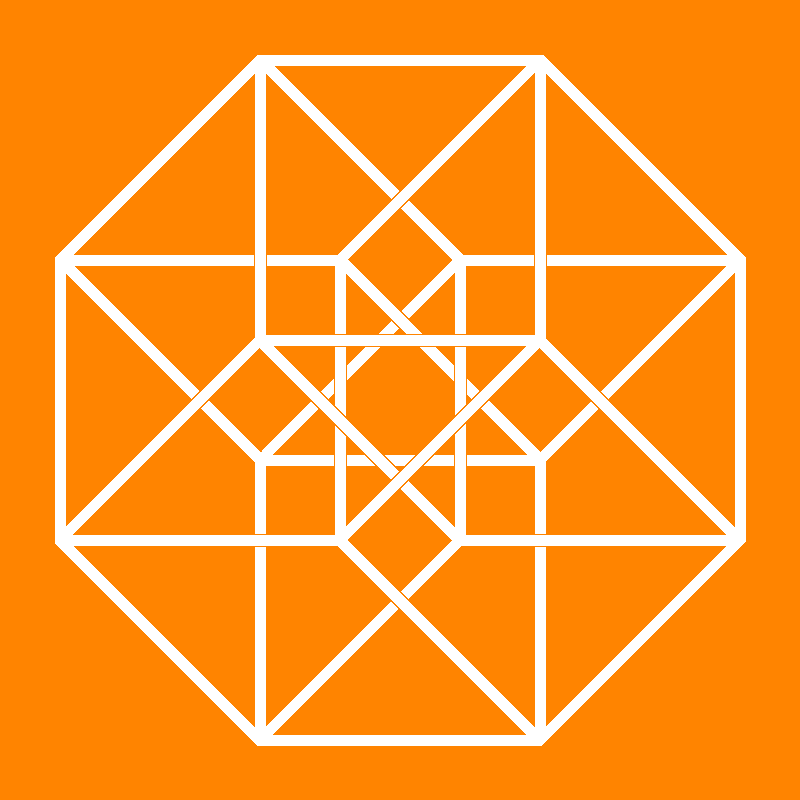
Journal for Geometry and Graphics 13 (2009), No. 2, 131--144
Copyright Heldermann Verlag 2009
Quadrics of Revolution on Given Points
Anton Gfrerrer
Institut für Geometrie, Technische Universität, Kopernikusgasse 24, 8010 Graz, Austria
gfrerrer@tugraz.at
Paul J. Zsombor-Murray
Dept. of Mechanical Engineering, McGill University, 817 Sherbrook Street w., Montreal H3A 2K6, Canada
paul@cim.mcgill.ca
In general, 4 points define a 3 parameter set of axisymmetric quadrics while 5 and 6 given points reduce these 3 degrees of freedom to 2 and 1, respectively. Similarly, 7 supporting points confine members of the set to a finite number. By imposing 2 constraints on the quadric coefficient matrix the 5 points are sufficient to find the axis direction of up to 6 right cylinders. Imposing only 1 constraint allows 6 points to support up to 12 right cones. Without either constraint, that implies a singular coefficient matrix or singular conic submatrix, up to 4 quadrics of revolution, possibly of mixed species, can contain 7 points. Formal arguments and proofs are presented to substantiate these observations. Algorithms are developed and applied to exhibit cases with 6 right cylinders, 12 right cones and 4 quadrics of revolution, at least 3 of which are of different type. Spheres, being uniquely defined on 4 points, are specifically excluded from consideration. The cases of 12 cones and 4 quadrics of revolution are believed to be original revelations. Methods to fit quadrics of revolution to more than 7 points are suggested.
Keywords: Quadric of revolution, cone of revolution, cylinder of revolution, special quadric, finite given point set, repeated eigenvalues.
MSC: 51N20; 51N35
[ Fulltext-pdf (309 KB)] for subscribers only.